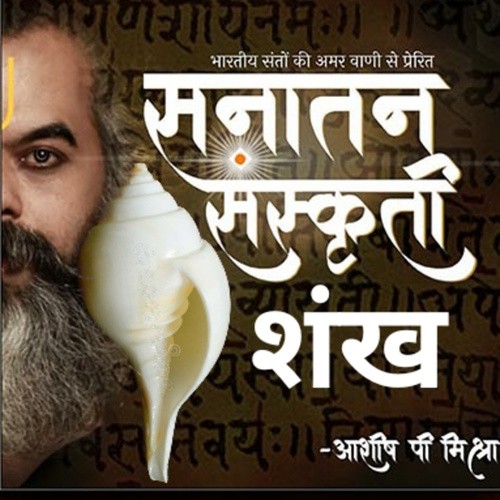
Reason Behind use of Shankh and Ghantas in Sanatan Hindu Dharma explained by Ashish P. Mishra
Episode · 15 Plays
Episode · 15 Plays · 3:46 · Mar 6, 2021
About
A #Shankha is a conch shell of ritual and religious importance in #Hinduism. In Hindu mythology, the shankha is a sacred emblem of the Hindu preserver god Vishnu. It is still used as a trumpet in Hindu ritual, and in the past was used as a war trumpet. Scientists believe that due to the effect of conch (शंख) blowing, the harmful rays of the sun are inhibited. Therefore the law of conch blowing in the morning and evening is meaningful. According to the well-known scientist, as far as the sound of conch goes, the germs of all diseases are destroyed. This also makes the environment pure. In the conch, useful substances such as sulfur, phosphorus and calcium are present. It makes water present in it and becomes sterile. That is why it is considered as a great medicine in the scriptures. Consequences of complex diseases such as asthma, asthma, decay can be greatly reduced by playing conch. In the Western world, in the English language, the shell of this species is known as the "divine conch" or the "sacred chank". It may also be simply called a "chank" or conch. The more common form of this shell is known as "right-turning" in a religious context, although scientists would call it "dextral". A very rarely encountered form has reverse coiling which is called "left-turning" in a religious context, but is known as "sinistral" or left-coiling in a scientific context. #hindipodcast #indiapodcast #ashishpmishra #hindisahity #hindu #chankyaniti #indianpodcast --- Support this podcast: https://podcasters.spotify.com/pod/show/ashish-p-mishra/support
3m 46s · Mar 6, 2021
© 2021 Podcaster